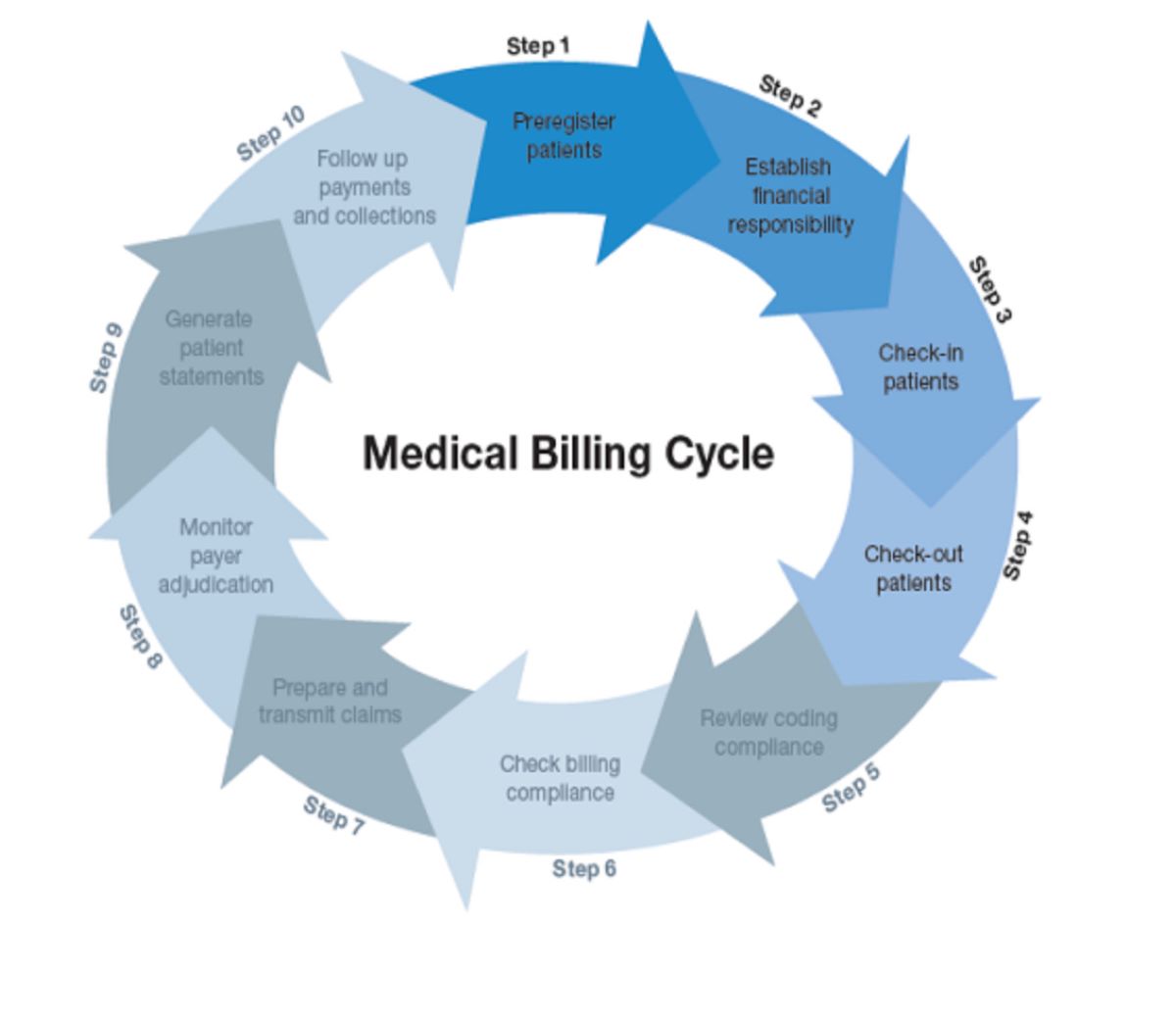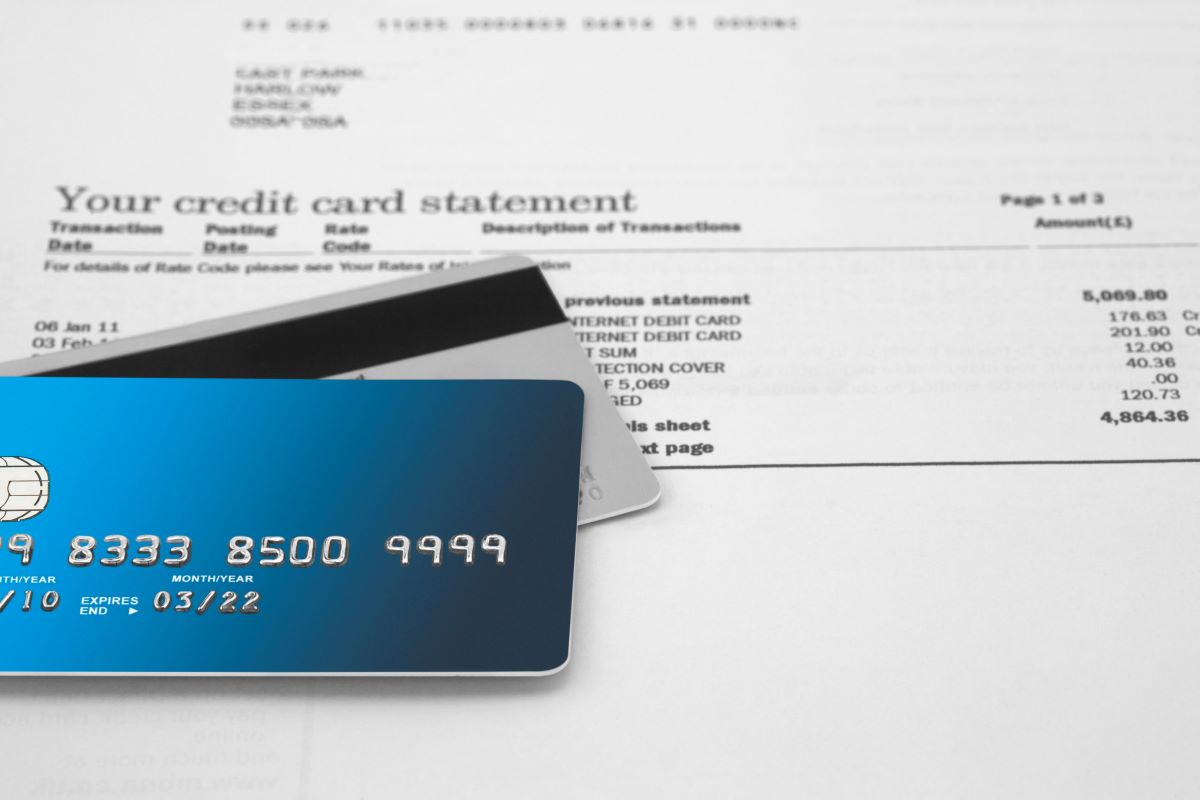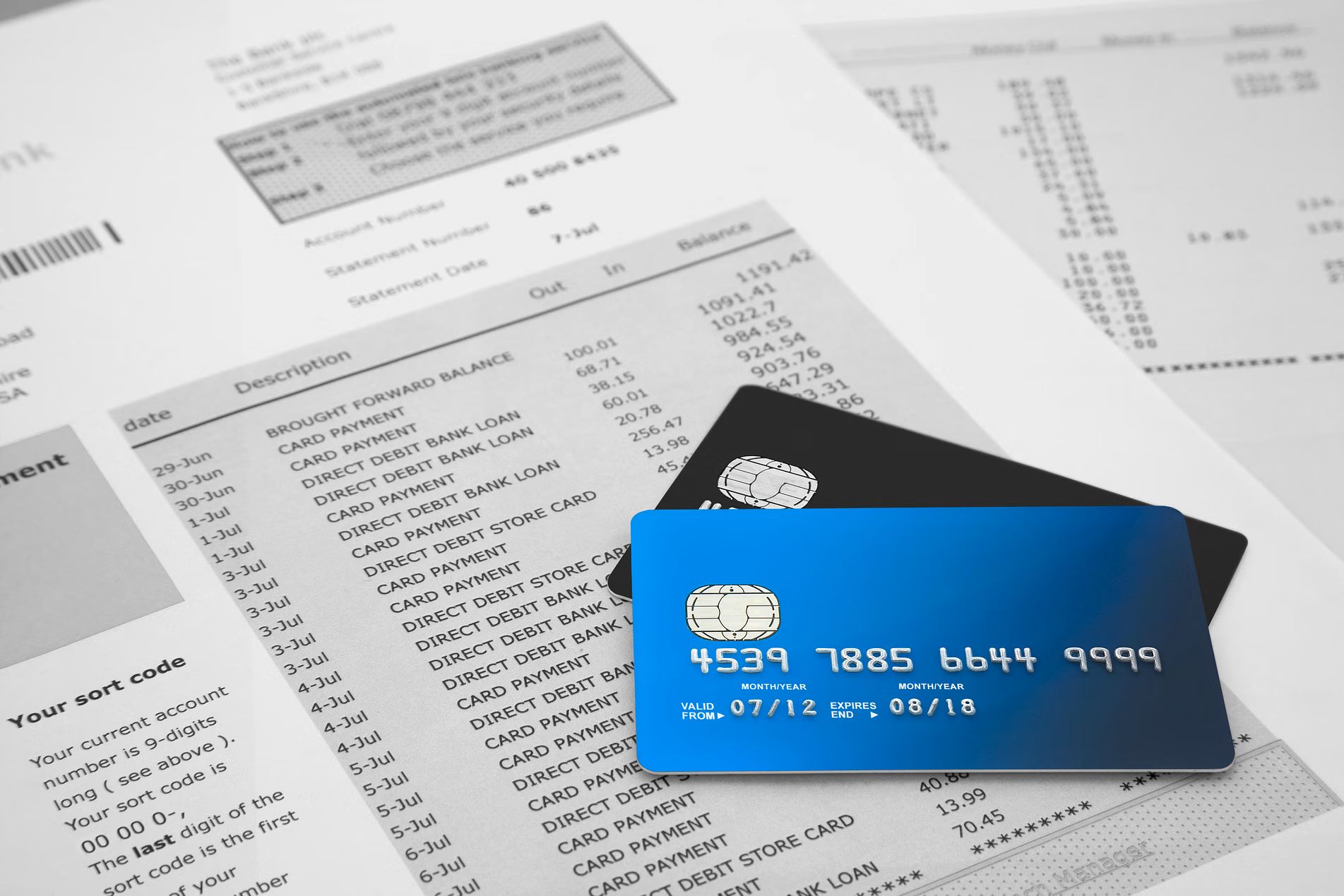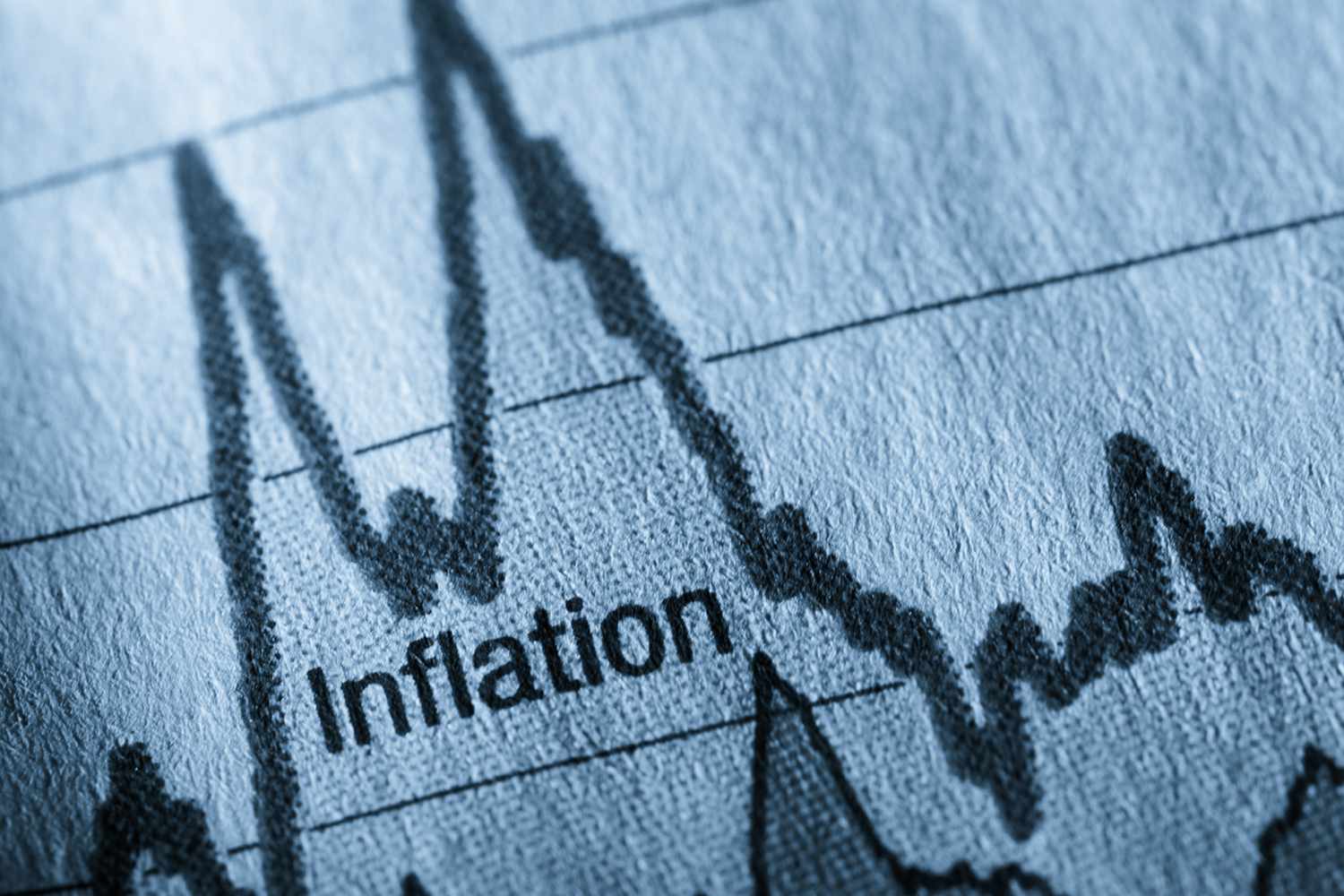

Finance
What Is The Apple Card Billing Cycle
Published: March 7, 2024
Learn about the Apple Card billing cycle and how it impacts your finances. Understand the key details to manage your payments effectively.
(Many of the links in this article redirect to a specific reviewed product. Your purchase of these products through affiliate links helps to generate commission for LiveWell, at no extra cost. Learn more)
Table of Contents
Introduction
The Apple Card has revolutionized the credit card industry with its seamless integration into the Apple ecosystem and its innovative features. One crucial aspect of managing a credit card is understanding the billing cycle, and the Apple Card is no exception. The billing cycle dictates when your statement is generated, the due date for payment, and the period during which your transactions are tallied for billing. Understanding the Apple Card billing cycle is essential for effectively managing your finances and optimizing the benefits offered by this unique credit card.
In this comprehensive guide, we will delve into the intricacies of the Apple Card billing cycle, exploring its key dates, how to manage it effectively, and the impact it has on your financial management. Whether you're a seasoned Apple Card user or considering applying for one, this article will provide valuable insights into maximizing the benefits of the Apple Card through a clear understanding of its billing cycle. Let's embark on this journey to demystify the Apple Card billing cycle and empower you to take control of your financial well-being.
Understanding the Apple Card Billing Cycle
The Apple Card billing cycle is the recurring period during which your credit card transactions are recorded and compiled to generate your monthly statement. This cycle typically lasts for about 30 days, but the specific duration may vary slightly based on weekends, holidays, and other factors. It’s important to grasp the nuances of this cycle to effectively monitor your spending, track your rewards, and ensure timely payments.
During the billing cycle, every purchase, payment, and credit to your Apple Card account is meticulously recorded. These transactions are then aggregated to produce your monthly statement, which outlines your outstanding balance, available credit, due date, and a detailed breakdown of your spending. Understanding this cycle empowers you to stay informed about your financial obligations, monitor your expenses, and take advantage of the rewards and benefits offered by the Apple Card.
Moreover, comprehending the billing cycle enables you to strategize your spending to align with the statement generation date, ensuring that you can review and reconcile your transactions before the statement is issued. This level of awareness and control contributes to better financial planning and the prudent management of your Apple Card account.
Key Dates in the Apple Card Billing Cycle
Several pivotal dates define the Apple Card billing cycle, each playing a crucial role in managing your credit card account effectively. Understanding these key dates is essential for staying on top of your financial responsibilities and leveraging the benefits offered by the Apple Card.
- Statement Closing Date: This date marks the end of your billing cycle. All transactions made up to this date are included in the upcoming statement. It’s important to be mindful of your spending and payment activities as the statement closing date approaches, as any purchases or payments beyond this date will be captured in the subsequent billing cycle.
- Statement Generation Date: Following the statement closing date, the statement generation date is when your monthly statement is compiled and made available for your review. This statement provides a comprehensive overview of your spending, payments, rewards earned, and any applicable fees or interest charges. Reviewing this statement diligently allows you to identify any discrepancies, track your financial progress, and plan for the upcoming payment.
- Payment Due Date: The payment due date is the deadline for settling the outstanding balance reflected in your monthly statement. Timely payment is crucial to avoid late fees, maintain a positive credit history, and optimize the benefits of the Apple Card. It’s advisable to schedule payments in advance or set up autopay to ensure that you never miss this important deadline.
By staying attuned to these key dates and integrating them into your financial routine, you can navigate the Apple Card billing cycle with confidence and prudence. This awareness empowers you to make informed financial decisions, cultivate responsible spending habits, and harness the full potential of the Apple Card’s features and rewards.
How to Manage Your Apple Card Billing Cycle
Effectively managing your Apple Card billing cycle is integral to maintaining financial control and optimizing the benefits of this innovative credit card. By implementing strategic practices and leveraging the tools provided, you can navigate the billing cycle with confidence and ease.
- Monitor Your Spending: Regularly monitoring your transactions and keeping a close eye on your spending patterns enables you to stay within your budget and identify any unauthorized or erroneous charges. Utilize the Wallet app or the Apple Card website to track your purchases and ensure they align with your financial goals.
- Set Spending Goals: Establishing spending goals for specific categories, such as groceries, entertainment, or travel, can help you allocate your funds wisely and track your progress throughout the billing cycle. The insights gained from these goals can inform your future spending decisions and contribute to a more disciplined approach to managing your finances.
- Utilize Payment Reminders: Leverage the payment reminder notifications available through the Wallet app to stay informed about upcoming due dates and avoid missing payments. Consistent and timely payments are instrumental in maintaining a positive credit history and maximizing the benefits of the Apple Card.
- Optimize Rewards and Benefits: Familiarize yourself with the rewards and benefits offered by the Apple Card, such as Daily Cash back and special financing options. Strategically align your spending to capitalize on these offerings and enhance the value derived from your purchases.
- Automate Payments: Consider setting up automatic payments for the minimum amount due or the full statement balance to ensure that payments are made punctually, minimizing the risk of incurring late fees and interest charges.
- Review Your Monthly Statements: Thoroughly review your monthly statements to verify the accuracy of the transactions, track your progress toward financial goals, and identify any areas where adjustments may be necessary. This proactive approach fosters financial awareness and accountability.
By embracing these proactive strategies and integrating them into your financial routine, you can effectively manage your Apple Card billing cycle, cultivate responsible financial habits, and harness the full spectrum of benefits offered by this innovative credit card.
Conclusion
Mastering the intricacies of the Apple Card billing cycle is a pivotal step toward achieving financial empowerment and making the most of this cutting-edge credit card. By comprehending the key dates, implementing effective management practices, and leveraging the resources at your disposal, you can navigate the billing cycle with confidence and prudence.
Understanding the nuances of the billing cycle empowers you to monitor your spending, track your rewards, and maintain a disciplined approach to financial management. By staying attuned to the statement closing date, statement generation date, and payment due date, you can proactively plan your financial activities and avoid unnecessary fees or penalties.
Furthermore, actively managing your Apple Card billing cycle involves harnessing the features and benefits offered by the card, such as Daily Cash back and specialized financing options, to optimize the value derived from your purchases. By integrating these strategies into your financial routine, you can cultivate responsible spending habits and elevate your financial well-being.
In conclusion, the Apple Card billing cycle serves as a framework for managing your credit card account, tracking your financial progress, and unlocking the full potential of the card’s offerings. By embracing financial mindfulness and leveraging the tools provided, you can embark on a journey toward financial empowerment and prudent financial stewardship, ultimately reaping the rewards of a well-managed Apple Card billing cycle.














